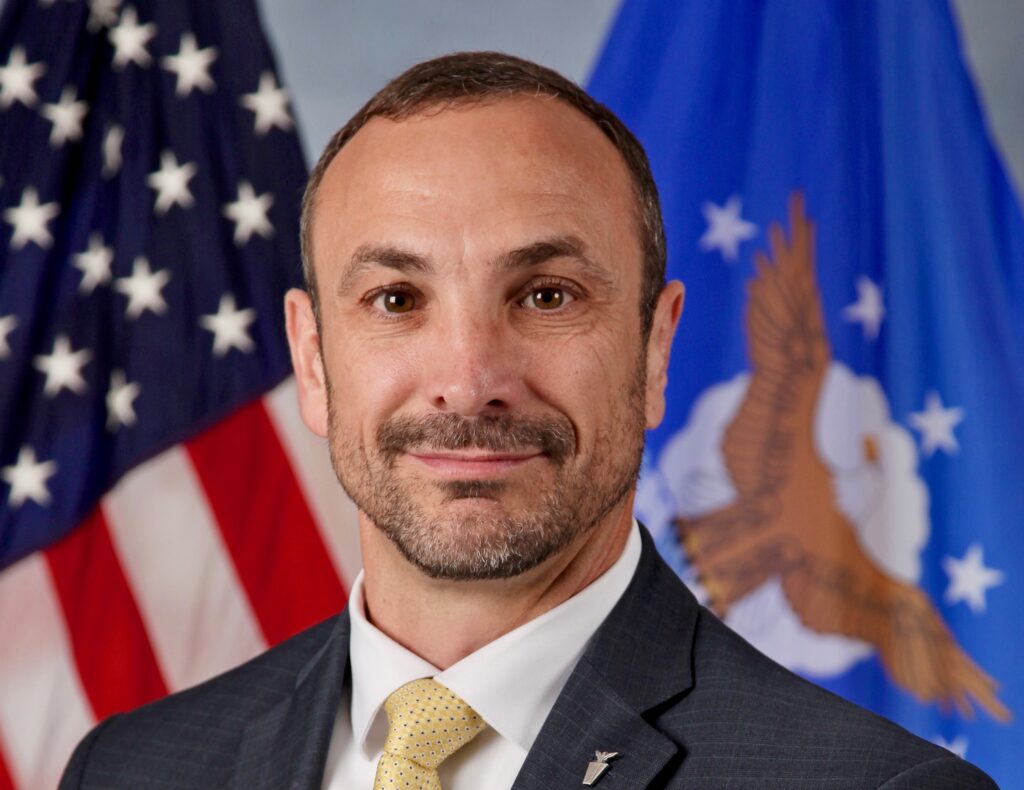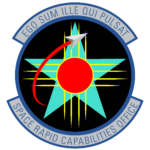
Mike Roberts, Director Space Rapid Capabilities Office (DOD)
WASHINGTON: Space Force needs more time to settle into the recent reorganization of its main acquisition shop, Space and Missile Systems Center, before any decisions are made about how to consolidate the other independent space acquisition hubs, according to Mike Robert, the head of the Space Rapid Capabilities Office (RCO).
“There’s a lot of conjecture about, you know, we need to go to one acquisition organization for all of space. Do I think that’s the right answer? Mike’s answer to that is not right now. I don’t think that makes sense where we are today,” he told the National Security Space Association (NSSA) yesterday.
“I think, ultimately, some — if not all — of those organizations need to align a little bit better. Yes they do,” he said. “Mike’s opinion of why that isn’t the best thing to do right now is because [Space Systems Command] needs to get stood up and organized before you throw everything in the bucket.”
His remarks are perhaps not surprising given the RCO’s independent position: created by Congress in the 2018 National Defense Authorization Act, the office is focused on speeding classified capabilities to the warfighter. However, the comments are in sharp contrast to the impatience emanating from Congress about the need for more rapid space acquisition reform. The creation of the Space Force was spurred primarily by a concern about both the agonizingly slow pace of space systems development and deployment and the Byzantine tangle of some 60 DoD offices with a finger in the space acquisition pie.
Indeed, a plethora of space acquisition experts, including former DoD officials with space credentials, have begun to fret that the situation is going from bad to worse as Space Force begins to morph Los Angeles-based SMC into Space Systems Command. For example, SMC just last month stood up a new unit called Space Safari, established to directly respond to urgent launch needs of Space Command and/or other Combatant Commands — raising some questions about overlap with Space RCO.
Roberts, whose rapid fire, colloquial speaking style is often hard to keep up with, argued that for now there isn’t really any problem with how the various organizations coordinate. Indeed, he said, that coordination and cooperation has been enhanced by the creation of the Space Force Program Integration Council (PIC) last September. PIC includes SMC, Space RCO, the Air Force RCO (which has some legacy space efforts), the Missile Defense Agency, the National Reconnaissance Office, and the Space Development Agency — as Roberts said, “all the space players.”
 “The Program Integration Council … is really about how we collaborate and communicate across all of the different organizations to make sure what we’re doing from a space perspective is aligned. That has been going really well,” he said.
“The Program Integration Council … is really about how we collaborate and communicate across all of the different organizations to make sure what we’re doing from a space perspective is aligned. That has been going really well,” he said.
“But with respect to specifically SMC, our relationship couldn’t be better. We communicate with them on a daily, if not more than once a day, perspective,” Roberts added. He explained that SMC is the main transition partner for the Space RCO’s programs.
“Matter of fact, on some of our programs they have deputy program managers that sit right with our program managers as we’re building the system — so they’re getting ready to catch it,” he elaborated. “So I don’t think there’s any kind of animosity between us. I think everybody understands the differences between what we do and what they do, and when I say everybody I mean internal to the US Space Force. But also, there is an understanding of which programs we take on, versus which ones the [Air Force] RCO takes on.”
Space RCO currently is executing 13 programs that can’t be detailed in the public domain, and is “getting ready” to initiate another one just approved by its Board of Directors, Roberts said. Since its inception, Space RCO has “awarded now almost 50 contracts … we’ll definitely be at about 50 to 55 by the end of this fiscal year,” he added.
The Space RCO Board, Roberts explained, includes the Secretary of the Air Force, the Chief of Space Operations, the Chief of Staff of the Air Force, the Commander of US Space Command, the Undersecretary of Defense for Research & Engineering, and the Undersecretary of Defense for Acquisition & Sustainment.
But Roberts also reports directly to CSO Gen. Jay Raymond, as well as to Space Command head Gen. Jim Dickinson. The line to Raymond is related to the train and equip missions; whereas Dickinson is the only one who can “assign requirements” to the Space RCO, Roberts explained.
While one might wonder if having three bosses alone might be a rationale for wanting a more rapid downsizing of the space acquisition bureaucracy, Roberts is unperturbed.
“I guess that’s not unique in the Department of Defense,” he said.
In a Taiwan conflict, tough choices could come for Big Tech
Washington could do more to incentivize tech companies to distance themselves from China, but CEOs should examine how they’d react to a fight in the Pacific, CSET’s Sam Bresnick and Emelia Probasco argue.



























